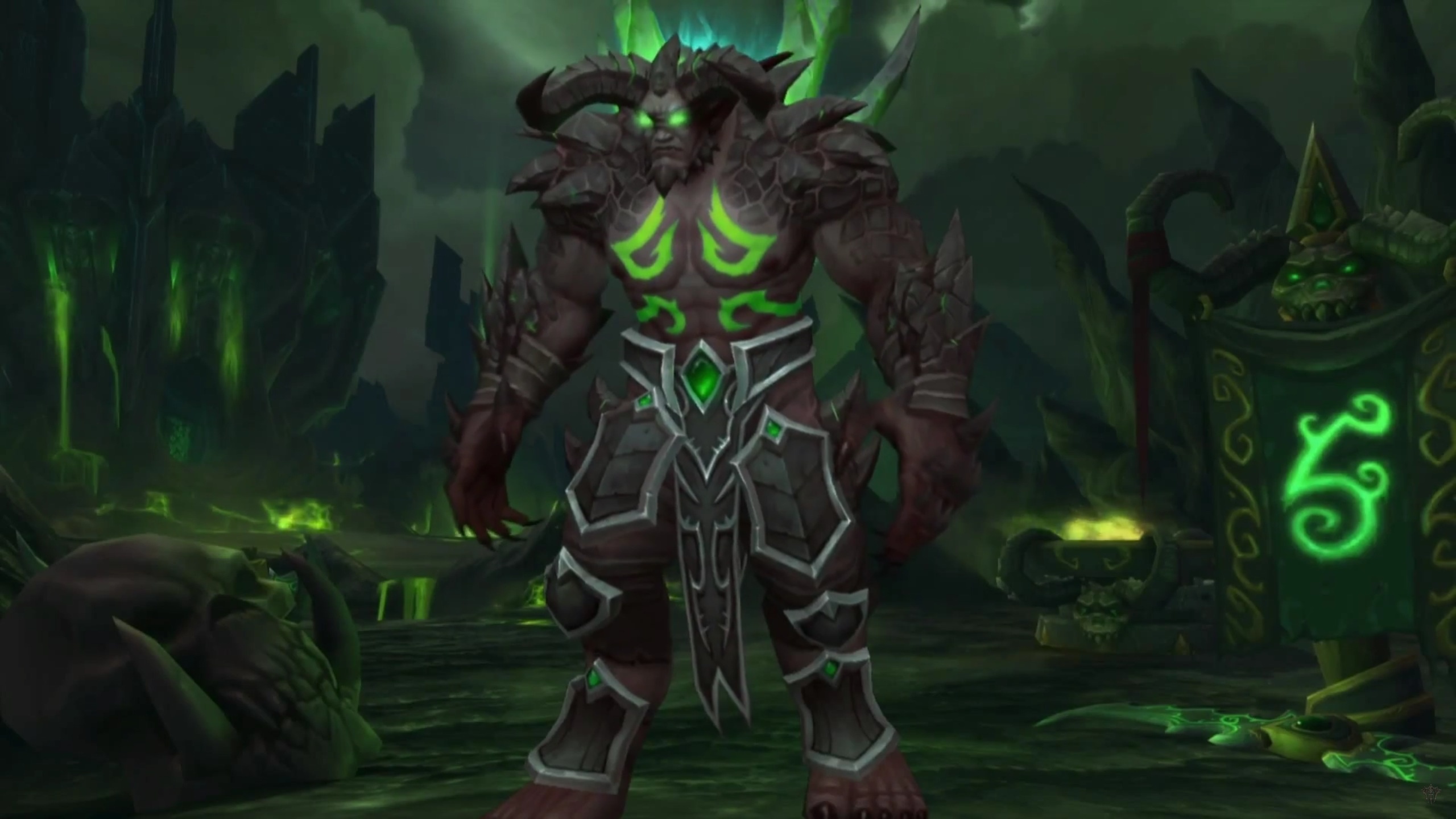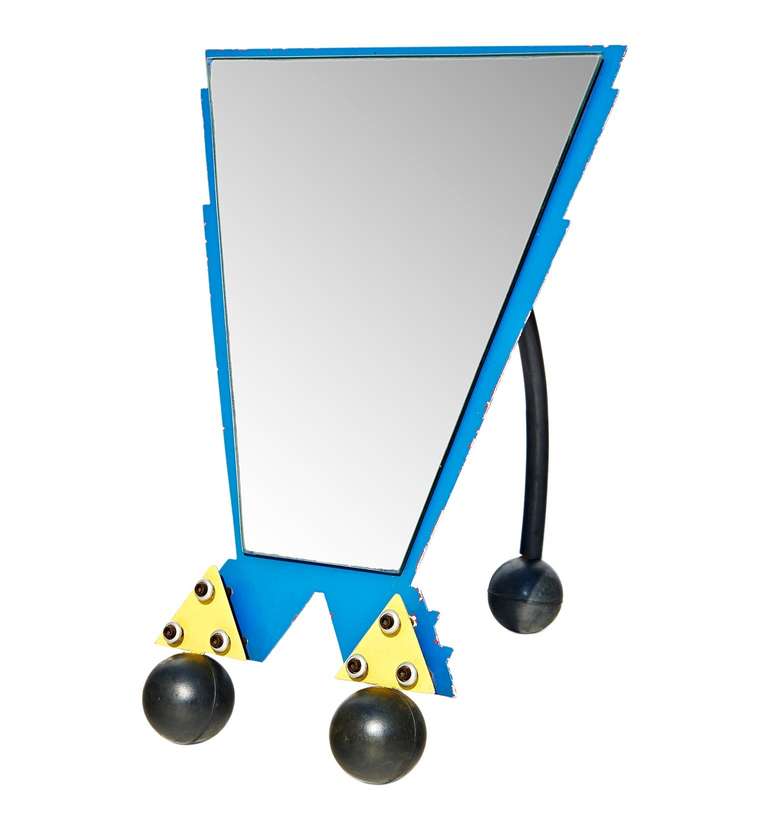

Roosevelt and Keating worked on the documentary for four years, interviewing Jack, Kirkpatrick, and several of the family’s attorneys during that time. “This was a way to continue that conversation, even after Beata’s death.” “Throughout the film, you hear so many conversations between Beata and Maya,” Keating said. “She told us she wanted to talk with her mom, and that if no one else would listen, maybe her mom would.” Months after filming, Roosevelt decided to intersperse some of Beata’s archived words with Maya’s as she read. Including the letter was Maya’s idea, the director adds. As a nurse, he says, Beata was in the habit of documenting every exchange regarding patient care, even when that patient was her daughter. “Oh, no no no,” Roosevelt says at the prospect of an artificial augmentation.

It’s a question that takes Roosevelt aback. In fact, there’s so much audio footage of Beata that one might wonder if, as in controversial documentary Roadrunner, AI was used to recreate Beata’s words. There’s even an “exchange” between Beata and a teenaged Maya, as the latter reads a letter onscreen that a judge refused to allow her to read in court. It’s an urgency that drives the documentary, which was initially intended to follow the Kowalskis’ lawsuit against All Children’s. (After her suicide, the state dropped the case and Maya was returned to her father’s custody.) In the film we hear her increasing frustration and despair across phone calls, medical appointments, and conversations with caregivers. That mother was Beata.īut though Beata died in 2017, hanging herself in her home’s garage three months after she was first accused of abusing Maya and just days after a judge ruled that their separation must continue, it’s her voice we might hear the most in Take Care of Maya. In 2019, investigative journalist Daphne Chen, then a child welfare reporter at the Sarasota Herald-Tribune, reported on a lawsuit filed against All Children’s Hospital by a family who said false allegations of medical child abuse prompted the child’s mother to commit suicide. Keating first heard of the Kowalski case when researching another project. Petersburg, Florida, doctors seemed alarmed by its use, even referring to Maya as “ketamine girl” in text messages revealed in the documentary. But in 2016, when Maya suffered a relapse of symptoms, including severe stomach pain, and was rushed to the Johns Hopkins All Children’s Hospital in St. Kirkpatrick’s treatment protocol for CRPS is a regular dose of ketamine, a painkiller known in past decades as a veterinary anesthetic or as a club drug called “Special K.” In recent years, it’s also gained traction as a painkiller in hospital emergency rooms and is currently being studied for its potential mental health benefits.

He diagnosed Maya with Complex Regional Pain Syndrome (CRPS), a term used to describe a set of symptoms including spontaneous and debilitating pain, muscle wasting, and movement impairments. Eventually, they were referred to anesthesiologist and pharmacologist Anthony Kirkpatrick, a pain syndrome specialist. The pair documented Maya’s symptoms and aggressively sought care for their daughter, with doctor after doctor admitting that they were stumped.

Her dad, Jack, was a retired firefighter. Her parents were familiar with medical matters: Maya’s mom, Beata, was a Polish immigrant who worked her way through nursing school and still worked in the field. By the summer of 2015, her mobility was so limited that she could no longer walk. When she was nine years old, Maya Kowalski started suffering from asthma and complaining of a burning sensation in her legs, arms, and feet. But in the Netflix documentary Take Care of Maya, it’s that final diagnosis that’s the false one, a medical misfire that destroys a Florida family. They’re the victim of medical child abuse-Munchausen’s by proxy, as it’s popularly known-and must be separated from their family to save their life. But after some mistaken diagnoses, it’s revealed that the sick kid isn’t sick at all. It’s a familiar plot, something straight out of a network procedural: A sweet and engaging child is rushed to the hospital with a debilitating and painful ailment.


 0 kommentar(er)
0 kommentar(er)
